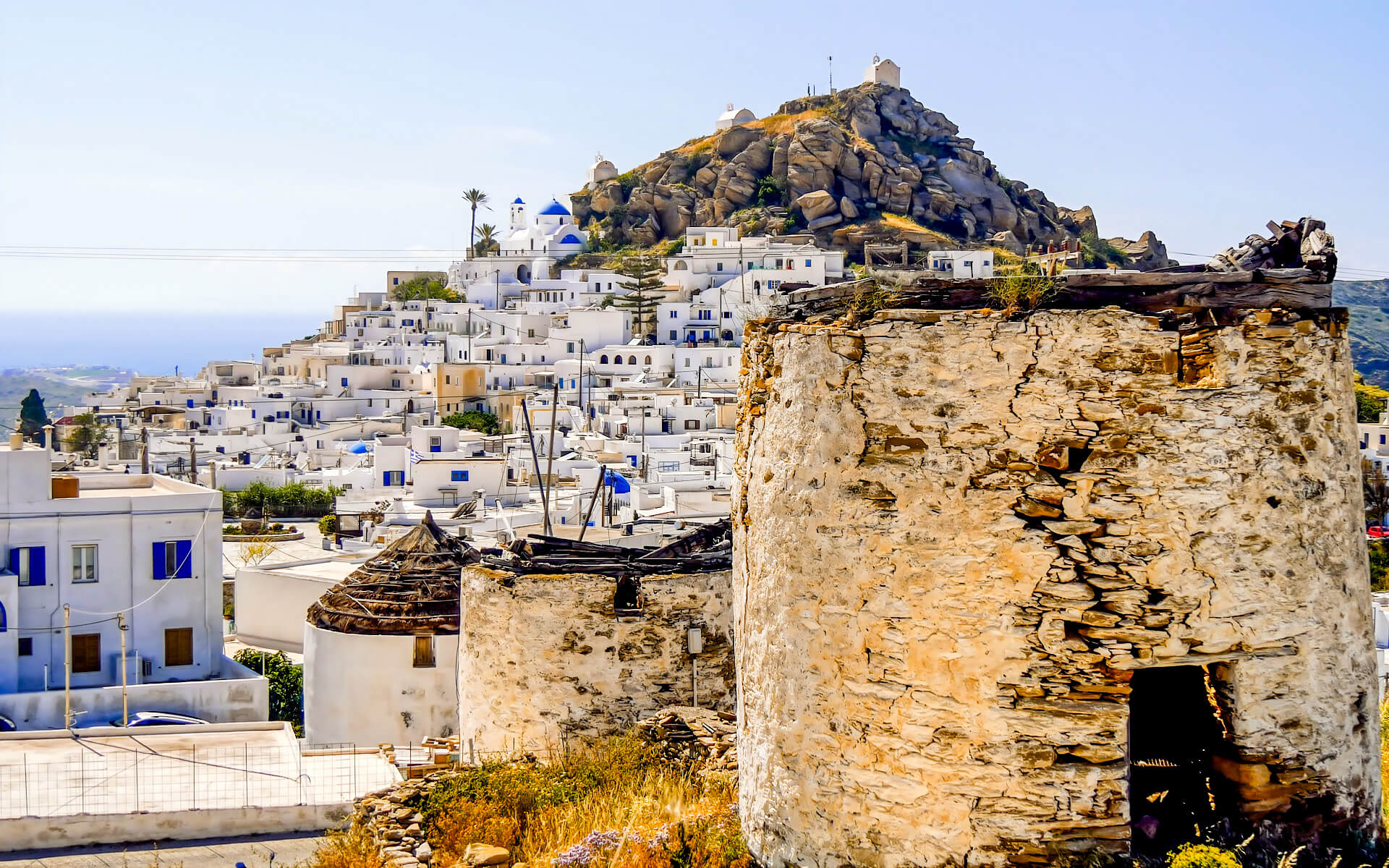The Greek island of Ios is part of the Cyclades Islands, which are located in the south of the country. Ios is just a short boat ride away from Santorini, making a prolonged vacation or even a day excursion possible.
Ios has evolved over the years into an island with activities for people of all ages. For many years, Ios was renowned as a party island; nevertheless, Ios has so much more to offer.
Ios has consistently been recognized as having one of the “Top 10 beaches in Europe” in numerous surveys, and it does indeed have 75 kilometers of stunning, white sandy beaches and blue coasts.
Ios’ architecture is characteristic of the Cyclades, with whitewashed homes sitting attractively on hill tops and strewn across valleys.
Ios still has a vibrant nightlife that you will not find on the other islands. Unlike “package resorts,” Ios’ nightlife is focused in one location, Chora. The nightlife is both sophisticated and traditional. The major gathering place is the main plaza. During the day, Chora reverts to a charming, calm ancient Greek hamlet, with inhabitants conversing in cafés and playing backgammon.
Chora is extremely tranquil in the early evening and is swamped with apparel and jewelry businesses, souvlaki shops, and superb restaurants for people who do not want to experience the nightlife. Yialos (or the “Port”), as well as the picturesque Mylopotas beach, are good places to escape the throng in the evening.
Regular buses and boats are available to take you on varied excursions to other beaches on Ios, where you may find tranquility and escape crowds.
Overall, Ios has a lot to offer people of all ages. It is a breathtakingly gorgeous island that will provide an amazing experience.


